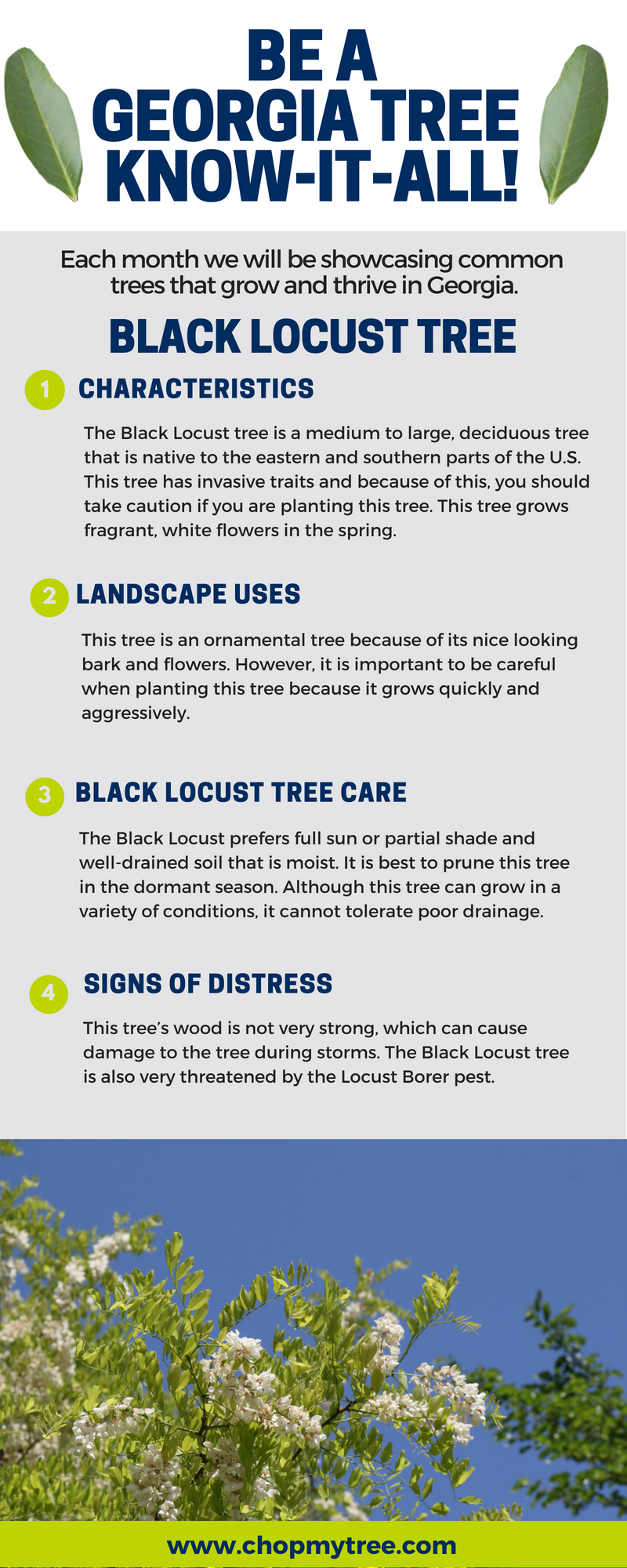Indication For Tree Removal: How To Discover Harmful Trees
Indication For Tree Removal: How To Discover Harmful Trees
Blog Article
Short Article Produced By-McDonald Malling
When it pertains to tree treatment, acknowledging the indicators that it's time for removal is important for your security and property. You could discover discolored fallen leaves, wilting branches, or strange fungal developments suggesting health issue. Structural problems, like a significant lean or cracks in the trunk, can likewise position threats. Recognizing these indication can aid you make notified choices regarding your trees and prevent prospective risks prowling in your backyard. What should you seek following?
Indications of Decay and Condition
When you notice indicators of decay and illness in your trees, it's important to act quickly. Try to find tarnished fallen leaves, wilting branches, or unusual developments like fungus. These can show that your tree is having a hard time.
If you see splits in the bark or soft, mushy wood, these signs suggest interior degeneration. Additionally, an unexpected boost in insects around your tree can indicate that it's weakened and vulnerable.
Look for any type of dead or dying limbs, as they position a risk to your residential property and security. If visit my website about what you see, speaking with an arborist can supply clearness.
Attending to these signs early can save you from a lot more substantial damage and ensure the health of your backyard. Do not wait up until it's far too late.
Structural Instability and Leaning
As you observe your trees, keep an eye out for any type of indicators of structural instability or leaning. If a tree leans substantially, it may show that the root system is jeopardized.
Search for any type of fractures in the trunk or dirt around the base; these can signal prospective failure. Furthermore, look for https://angelonjdxs.blogtov.com/15775885/an-extensive-guide-on-the-expenses-associated-with-tree-elimination-gives-essential-budgeting-guidance-for-your-landscape-design-needs-reveal-the-variables-that-can-affect-your-costs , like an unbalanced crown, which may recommend that the tree is having a hard time to hold itself upright.
If you discover that the tree leans toward your home, high-voltage line, or other frameworks, it poses a greater risk. Don't neglect these indications-- seek advice from an arborist to analyze the situation.
Acting early can protect against expensive damage and ensure your safety and security.
Dead or Dying Branches and Vegetation
If you see dead or passing away branches and vegetation on your tree, it's a clear indicator that something's incorrect.
These unhealthy locations can show underlying concerns like condition, insect problems, or environmental stress and anxiety. When branches lose their leaves or turn brownish, they're no more contributing to the tree's wellness. Disregarding these indicators can lead to more decline, making your tree much more dangerous.
Dead branches can easily break short throughout tornados, presenting a threat to residential or commercial property and people close by. It's essential to assess the extent of the damage.
If the trouble influences a significant part of the tree, think about consulting a specialist. They can aid identify if removal is necessary to make certain safety and preserve the appeal of your landscape.
Verdict
If you notice any kind of signs of degeneration, architectural instability, or dead branches on your trees, do not disregard them. These indicators can posture severe safety and security threats to you and your residential property. It's constantly best to seek advice from an expert arborist who can provide a professional analysis of your trees. Taking action early can prevent crashes and costly damages, ensuring your landscape continues to be safe and healthy. Bear in mind, it's better to be proactive regarding tree care than to await a calamity to occur.
